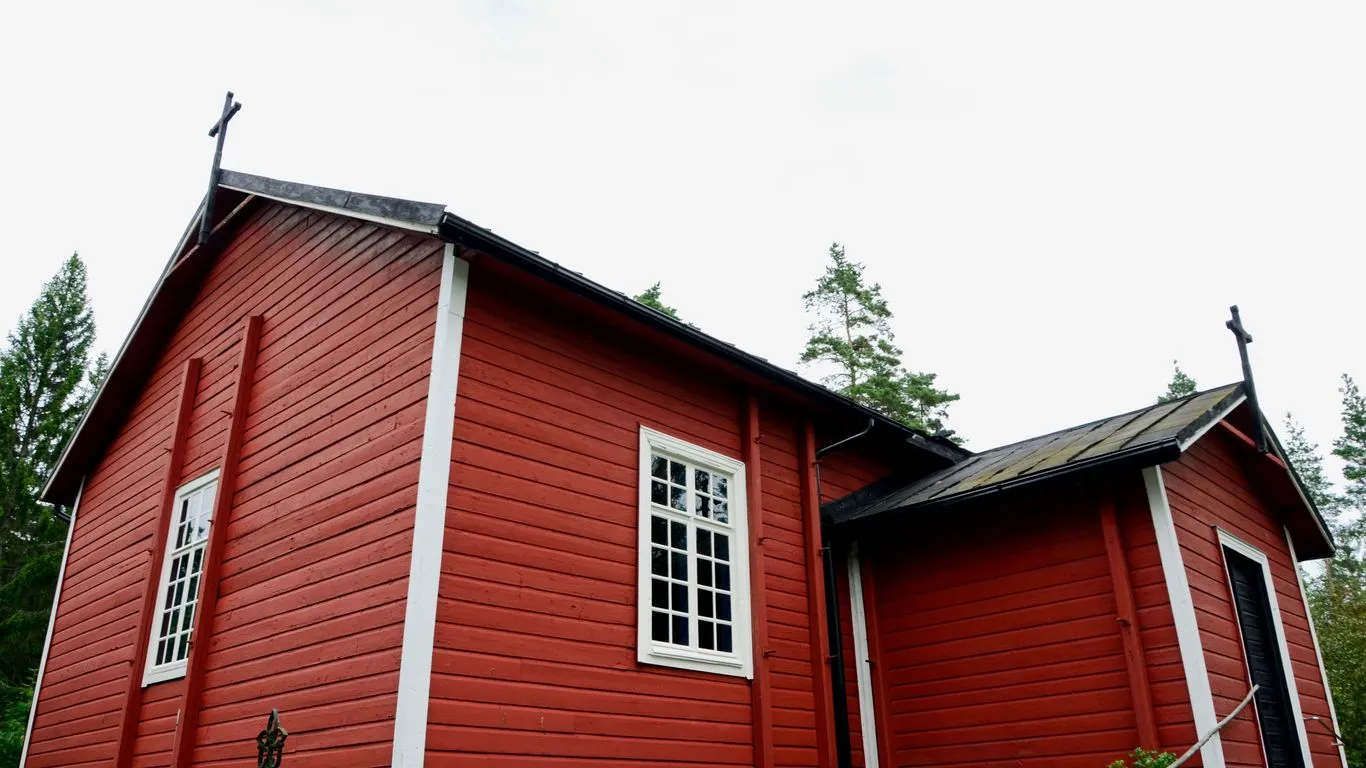
Kärkölä church


Kärkölä church
Kärkölä village church is a small wooden church in Kärkölä village in Pusula, Lohja. The church was constructed in 1842 at a time when only a small path led from Kärkölä to the main church in Pusula.
Permanent settlement was established in Kärkölä wilderness as late as in the early 1760s. About 20 years later the villagers made an initiative to build their own church and to establish their own graveyard. On the first try permission to build a church was not given due to villager’s unclear property rights and because the villager’s capability to construct a church was doubted. In 1783 Turku cathedral chapter granted the villager’s permission to build a church and graveyard of their own.
The building work was started half a century later. All villagers of Kärkölä took part in building the church according to their own strength, wealth and capabilities. The timbers that were used in building Kärölä church were donated to the community. All the nails and hinges were forged by a local smith in Kärkölä. Everything was made by the villagers of Kärölä in Kärölä. The only exception is a beautiful and rare pulpit from the 17th century and a votive ship hanging from the ceiling. Their origins are not known.
A writing on the church wall tells about the construction of the church: “In 1840 has the construction of this Lord’s hall started. In 1842 it was finished.”
Part of the nationwide road church network.
